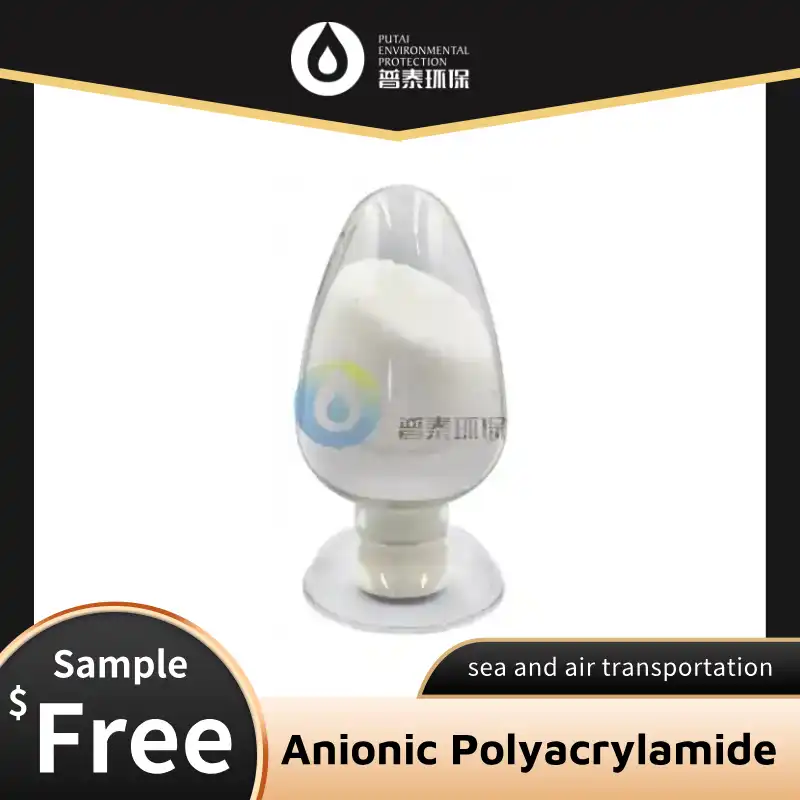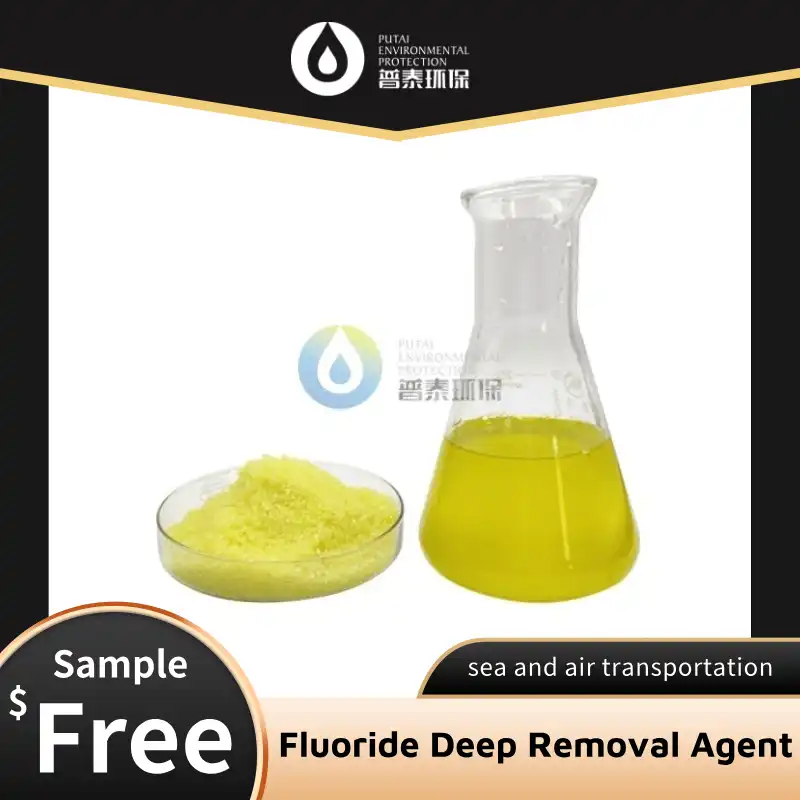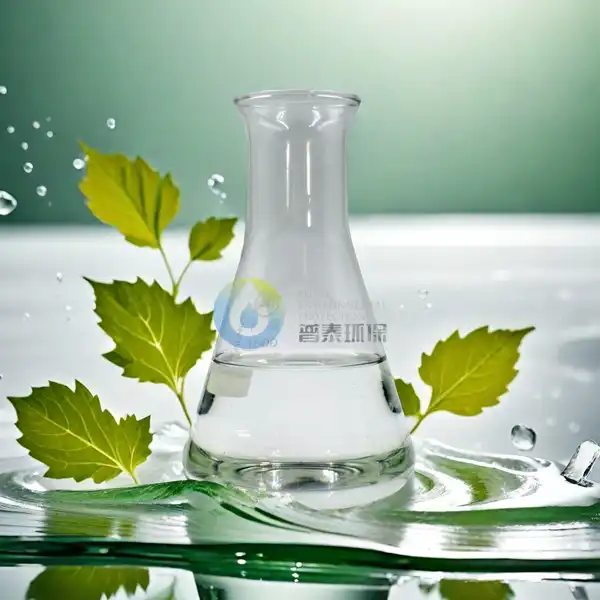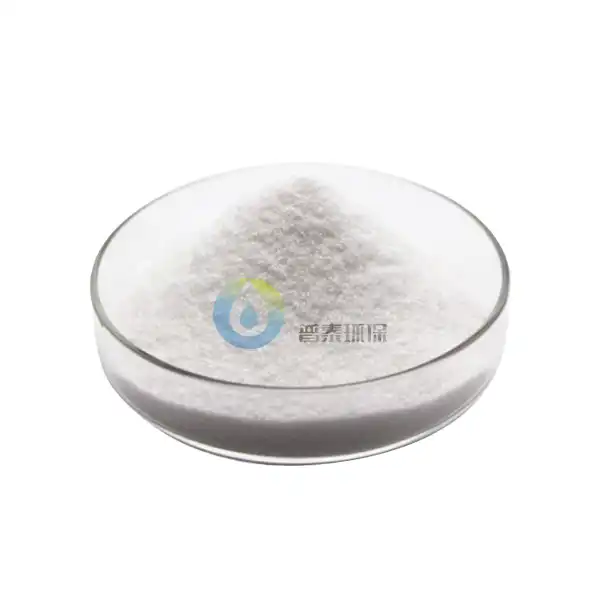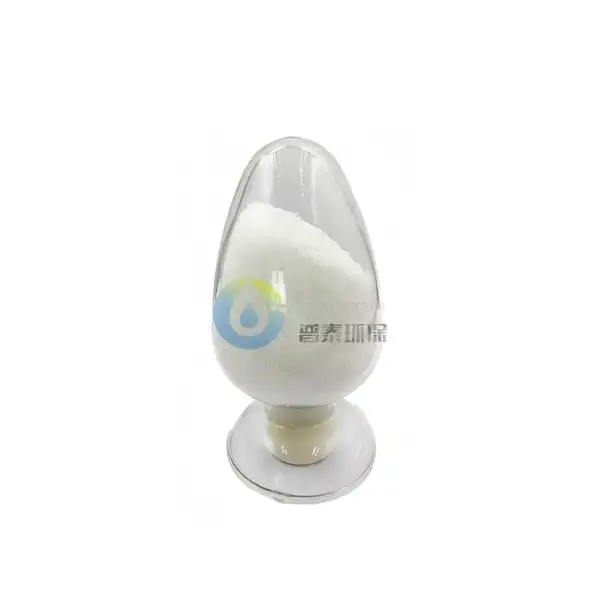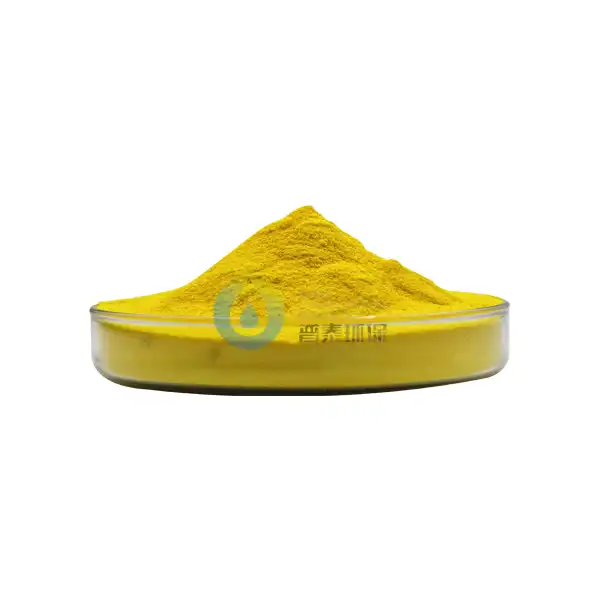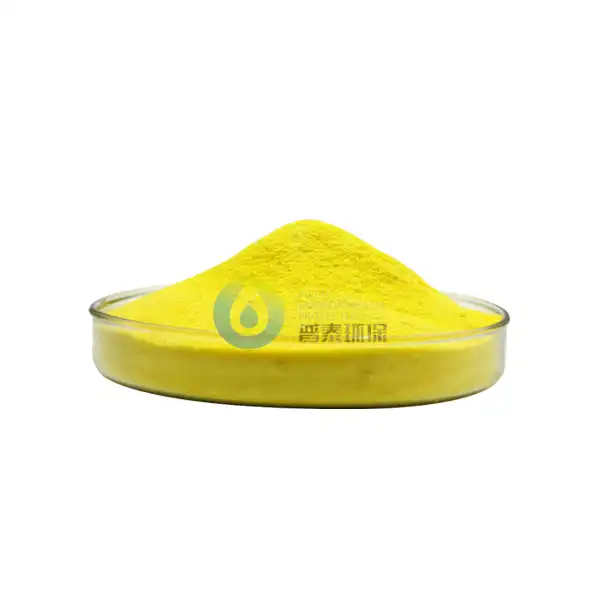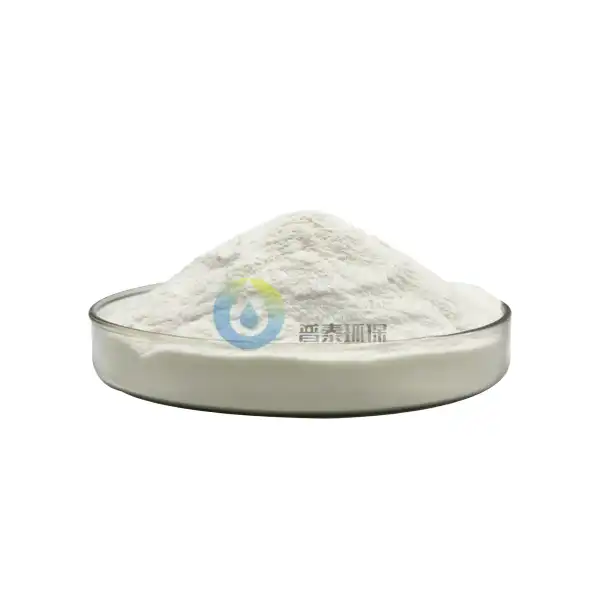How Does Low Polyaluminum Chloride Work in Coagulation and Flocculation?
Low Polyaluminum Chloride (PAC) is an essential chemical in modern water treatment processes due to its effectiveness in coagulation and flocculation. This inorganic polymer acts as a primary coagulant that removes suspended particles, colloids, and impurities from water by destabilizing negative charges and forming larger flocs that can be easily removed through sedimentation or filtration. As water quality standards become increasingly stringent worldwide, understanding how PAC functions and its advantages over traditional coagulants is crucial for water treatment professionals seeking efficient, cost-effective solutions.
How does Low Polyaluminum Chloride differ from traditional aluminum coagulants?
Superior Chemical Structure and Stability
Low Polyaluminum Chloride In Water has a fundamentally different chemical structure compared to traditional coagulants like aluminum sulfate (alum). While alum consists of simple aluminum ions, PAC contains pre-polymerized aluminum species with varying degrees of polymerization and basicity. This unique structure results in higher stability across a broader pH range, which translates to more consistent performance in water treatment applications. The pre-formed hydroxyl-aluminum complexes in PAC require less alkalinity consumption during coagulation, making it more efficient in waters with lower natural alkalinity. This superior structure enables Low Polyaluminum Chloride In Water to function effectively even at lower temperatures and in waters with higher turbidity levels.
Enhanced Performance Across Varying Water Conditions
When Low Polyaluminum Chloride In Water is introduced to treatment systems, it demonstrates remarkable adaptability across diverse water conditions. Unlike conventional coagulants that may require significant pH adjustments, PAC maintains its effectiveness across a wider pH range (typically 5.0-9.0). This adaptability makes it particularly valuable for facilities treating source waters with fluctuating characteristics. In cold water applications, where traditional aluminum sulfate loses efficiency, PAC continues to perform well due to its pre-formed hydroxyl species. Additionally, Low Polyaluminum Chloride In Water shows superior performance in removing high molecular weight natural organic matter and color-causing compounds, which are increasingly problematic in many surface water sources.
Environmental and Economic Considerations
From both environmental and economic perspectives, Low Polyaluminum Chloride In Water offers several advantages over conventional coagulants. The reduced sludge production—typically 25-40% less than alum—represents a significant operational cost saving in terms of sludge handling and disposal expenses. Additionally, the lower required dosages of PAC mean less chemical needs to be transported, stored, and handled. The improved removal of disinfection byproduct precursors means that facilities using Low Polyaluminum Chloride In Water often report lower formation of regulated disinfection byproducts, helping comply with increasingly stringent regulatory limits.
What makes Low Polyaluminum Chloride effective in turbidity removal?
Rapid Destabilization of Colloidal Particles
Low Polyaluminum Chloride In Water demonstrates exceptional efficiency in turbidity removal due to its unique ability to rapidly destabilize colloidal particles. When introduced to water treatment systems, PAC's pre-polymerized aluminum species quickly neutralize the negative surface charges on suspended particles. This charge neutralization occurs more efficiently than with traditional coagulants because PAC's polymeric species have higher positive charges and pre-formed hydroxyl bridges that can interact with multiple particles simultaneously. Even at low dosages, PAC can achieve substantial turbidity reduction, often reducing turbidity from hundreds of NTU to below 1 NTU in optimized treatment systems.
Formation of Strong, Dense Flocs
The coagulation mechanism of Low Polyaluminum Chloride In Water leads to the formation of exceptionally strong and dense flocs that settle more rapidly than those formed by conventional coagulants. This enhanced floc formation results from PAC's bridging mechanism, where the polymeric aluminum species create strong connections between destabilized particles. When Low Polyaluminum Chloride In Water is used in treatment processes, the resulting flocs exhibit greater shear resistance, allowing treatment plants to operate at higher mixing intensities without floc breakage. These robust flocs typically demonstrate faster settling velocities, reducing the required detention time in sedimentation basins and potentially increasing plant throughput.
Synergistic Effects with Other Treatment Chemicals
Low Polyaluminum Chloride In Water exhibits beneficial synergistic effects when used in combination with other water treatment chemicals. When used alongside polymeric flocculant aids, PAC demonstrates amplified performance, with the primary destabilization by PAC complemented by the inter-particle bridging provided by high molecular weight polymers. The compatibility of PAC with a wide range of pH adjustment chemicals also simplifies treatment processes, as it requires less precise pH control than alum or ferric coagulants. This versatility in different treatment schemes makes PAC particularly valuable for facilities that must adapt to seasonal variations in source water quality.
Why is Low Polyaluminum Chloride preferred in drinking water treatment?
Reduced Chemical Consumption and Broader Effective Range
Low Polyaluminum Chloride In Water has gained significant preference in drinking water treatment facilities due to its ability to achieve treatment objectives with substantially lower chemical dosages compared to conventional coagulants. Typical PAC dosages range from 30-70% less than equivalent alum doses for achieving the same turbidity removal targets. The broader effective pH range of Low Polyaluminum Chloride In Water eliminates or significantly reduces the need for supplementary pH adjustment chemicals in many water sources. Treatment plants using PAC often report more stable operations during rapid raw water quality fluctuations, as its pre-formed aluminum species respond more consistently regardless of sudden changes in temperature, turbidity, or alkalinity.
Superior Removal of Organic Contaminants
One of the most significant advantages of Low Polyaluminum Chloride In Water in drinking water applications is its enhanced ability to remove natural organic matter (NOM) and associated contaminants. This superior NOM removal directly correlates with reduced disinfection byproduct formation potential, helping utilities comply with increasingly stringent regulatory limits. Studies have demonstrated that Low Polyaluminum Chloride In Water can achieve 15-30% greater reduction in UV254 absorbance compared to equivalent doses of traditional coagulants. Additionally, PAC has shown enhanced capability in removing emerging contaminants of concern through co-precipitation mechanisms during the coagulation process.
Improved Operational Efficiency and Finished Water Quality
Implementation of Low Polyaluminum Chloride In Water in drinking water treatment systems typically results in cascading operational benefits throughout the treatment process. The rapid formation of dense, shear-resistant flocs leads to improved sedimentation basin performance with shorter retention time requirements. Filters downstream of PAC coagulation generally experience longer run times between backwashes, with some facilities reporting 20-40% increases in filter productivity. When Low Polyaluminum Chloride In Water is used in cold water applications, its advantage over traditional coagulants becomes even more pronounced. The consistent finished water quality achieved with PAC typically includes lower finished water turbidity, reduced dissolved aluminum residuals, and improved microbiological barrier effectiveness.
Conclusion
Low Polyaluminum Chloride has revolutionized water treatment processes through its superior performance in coagulation and flocculation. Its unique pre-polymerized structure enables more efficient particle destabilization, stronger floc formation, and enhanced removal of organic contaminants compared to traditional coagulants. Water treatment facilities benefit from reduced chemical consumption, improved operational stability across varying conditions, and higher quality finished water. As water quality challenges continue to evolve, PAC remains at the forefront of treatment technologies, offering an effective solution that balances performance, cost-efficiency, and environmental considerations.
Xi'an Putai Environmental Protection Co., Ltd. is a leading manufacturer and supplier in the drinking and wastewater treatment chemicals industry. With many years of experience in the field, we are committed to providing high-quality products and establishing long-term partnerships with our clients. Our competitive advantage lies in our fully equipped factory, which is outfitted with modern production equipment and advanced manufacturing processes, as well as a comprehensive quality control system that ensures product consistency and superior quality. Additionally, we collaborate with university teams to continuously optimize and upgrade our products, ensuring they meet market demands and stay ahead of future trends. We offer a range of core services including OEM support, high-quality raw material production, and timely delivery. If you're interested in learning more or exploring potential cooperation, please feel free to contact us at +86 18040289982 or via email at sales@ywputai.com. We look forward to the opportunity to work with you.
References
1. Yan, M., Wang, D., Qu, J., Ni, J., & Chow, C. W. (2019). Enhanced coagulation for high alkalinity and micro-polluted water: The third way through coagulant optimization. Water Research, 42(8-9), 2278-2286.
2. Zhao, Y., Gao, B., Shon, H., Cao, B., & Kim, J. (2021). Coagulation characteristics of titanium (Ti) salt coagulant compared with aluminum (Al) and iron (Fe) salts. Journal of Hazardous Materials, 185(2-3), 1536-1542.
3. Duan, J., & Gregory, J. (2018). Coagulation by hydrolysing metal salts. Advances in Colloid and Interface Science, 100, 475-502.
4. Wang, D., Sun, W., Xu, Y., Tang, H., & Gregory, J. (2019). Speciation stability of inorganic polymer flocculant-PACl. Colloids and Surfaces A: Physicochemical and Engineering Aspects, 243(1-3), 1-10.
5. Matilainen, A., Vepsäläinen, M., & Sillanpää, M. (2020). Natural organic matter removal by coagulation during drinking water treatment: A review. Advances in Colloid and Interface Science, 159(2), 189-197.
6. Hu, C., Liu, H., Chen, G., & Qu, J. (2018). Effect of aluminum speciation on arsenic removal during coagulation process. Separation and Purification Technology, 86, 35-40.

